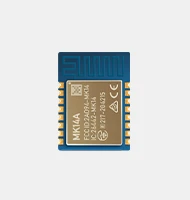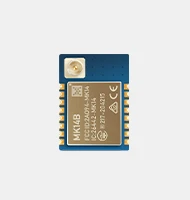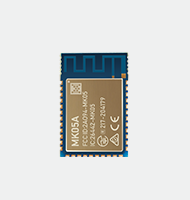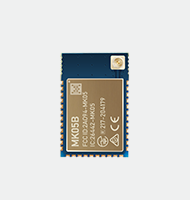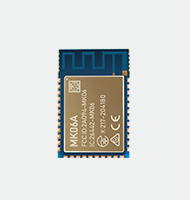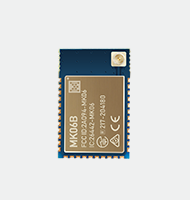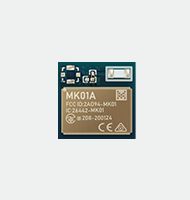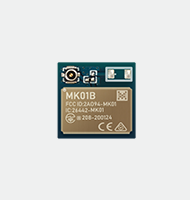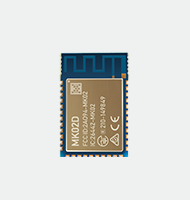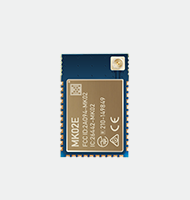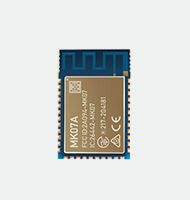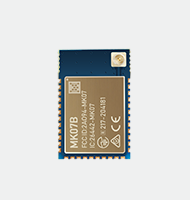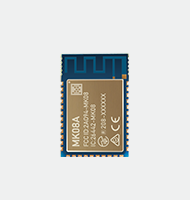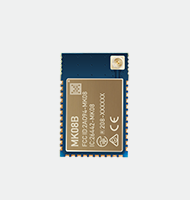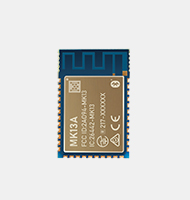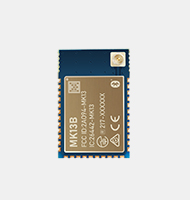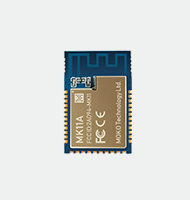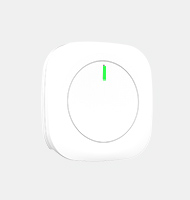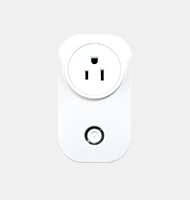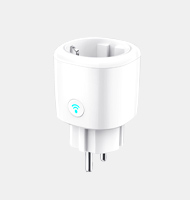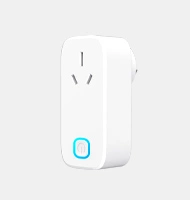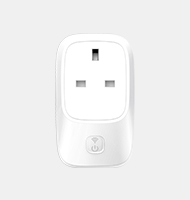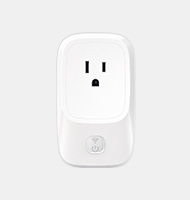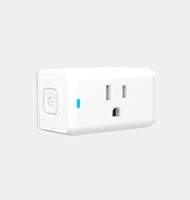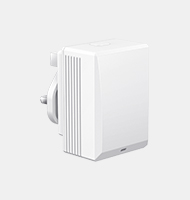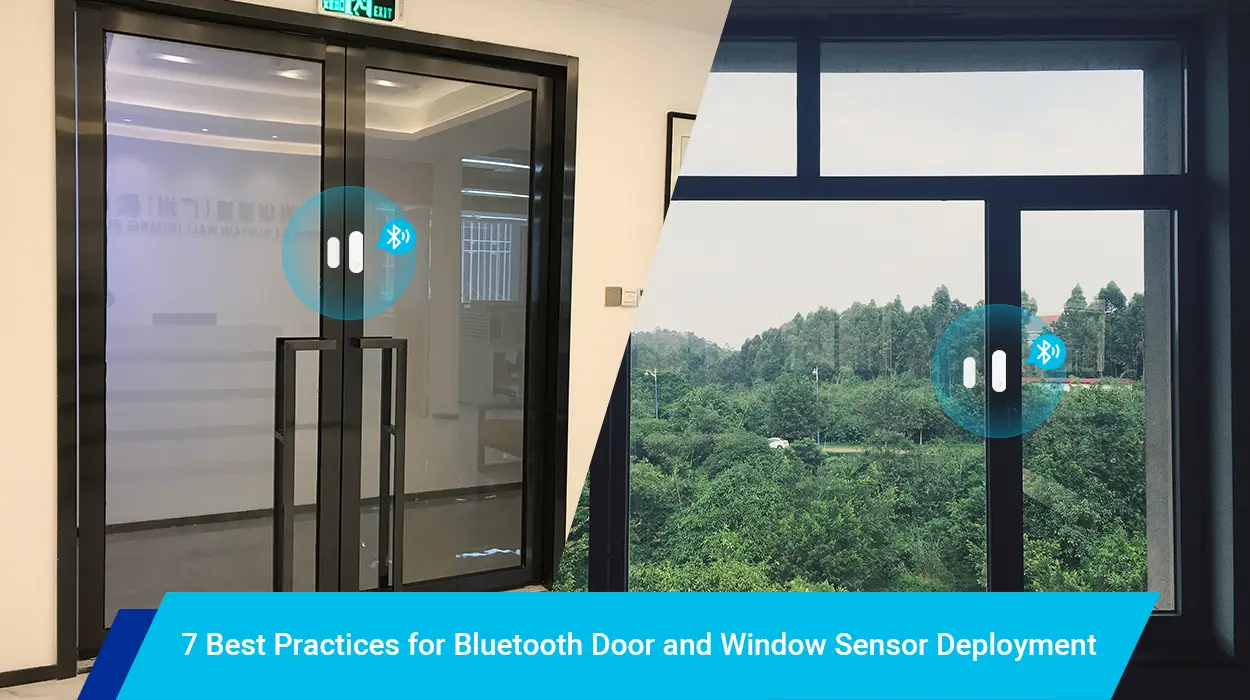Bluetooth technology has permeated every aspect of our lives, such as our headphones, cell phones, laptops, and even the convenience of transportation. Bluetooth proximity beacons can help transportation agencies implement the next public transportation innovation.
A growing number of cities have put Bluetooth technology on the road. For now, though, the focus is on reducing traffic congestion through tiny deviations between Bluetooth sensors and beacons. These sensors are installed on highways to track traffic and provide analysis of congestion, traffic conditions, tolls, HOT lanes, safety, and maintenance.
The further advancement of Bluetooth technology in the application of transportation provides an opportunity to build intelligent solutions for public transportation. Bluetooth proximity beacon act as transmitters, sending information to nearby devices such as smartphones and tablets. For example, beacons on public transportation can broadcast vehicle routes. When a mobile device with the corresponding application comes within range of a Bluetooth transmission, the device detects a signal message, which can trigger different notifications and message-based in-app behavior. So, when a vehicle with the right route approaches a mobile device, a mobile device with the vehicle company’s mobile fare app can trigger your vehicle to send a message. When these functions are combined, they open up possibilities for public transport.
How can Bluetooth proximity beacons be used in bus
Effortless payment system
By using Bluetooth proximity beacons with real-time mobile payment systems combined, commuters get around much easier. They don’t have to worry about the fares as the beacon amounted in the buss will locate your position and charge their fares once they get off the public transportation. The use of this system greatly speeds up boarding and reduces the time commuters spend waiting. This efficiency will impact the passenger experience in a positive way, and it also improves driver safety, benefiting from faster boarding times and less need to handle cash. Many public transit systems use systems such as CAD/AVL or automated Passenger Count (APC) to collect real-time passenger records and vehicle locations. These systems already in place could benefit greatly by attaching beacons to vehicles and pairing location information and vehicle capacity data with comprehensive data on the occupants. Combined, you’ll take the value proposition of CAD/AVL, APC, and billing systems and apply it to a single, deep data stream.
![]()
Navigation for impaired people
Bluetooth proximity Beacon can help disabled people commute more efficiently and safely by locating blind or visually impaired people at bus stops. It instructs them with verbal instructions, such as which train is on their right or left, or how many steps are on the nearest staircase. When the bus approaches the station, it can alert passengers. Visually impaired users can tag the bus route they need in their mobile charging app and when the right bus arrives, the app notifies passengers that their bus has arrived.
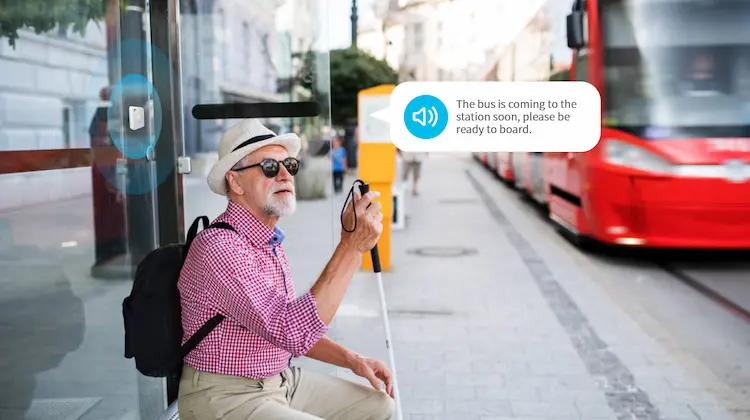
Proximity marketing
Proximity Beacon are commonly used in retail to send coupons or alerts to passers-by, an opportunity that allows transit agencies to partner with local businesses to send exclusive deals to riders based on their geographic location and nearby retail locations. Retailers broadcast their Bluetooth signal, and when passengers using the bus company’s mobile ticketing app approach the signal, the app triggers coupons or pops up alerts.
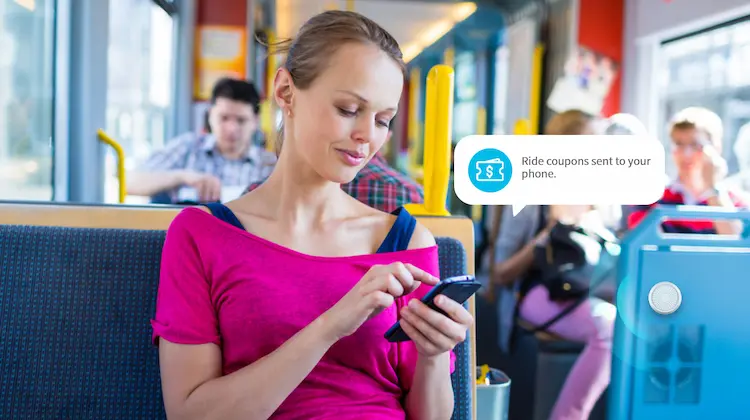
Prevention of traffic accidents
Proximity Beacon can be installed at problem intersections to alert pedestrians. Custom apps can alert users and demand their attention by pausing phone activity. These apps are popular among parents worried about their children’s addiction to smartphones.
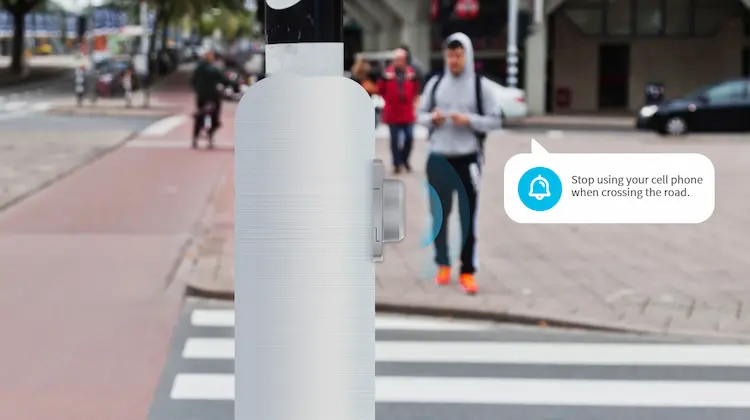
Effective fleet management
By identifying the location and speed of each bus under the jurisdiction, the background program can plan the preferred traffic route for drivers to avoid road congestion. And if there’s over-speed, it can also send an alarm to remind the driver to slow down.
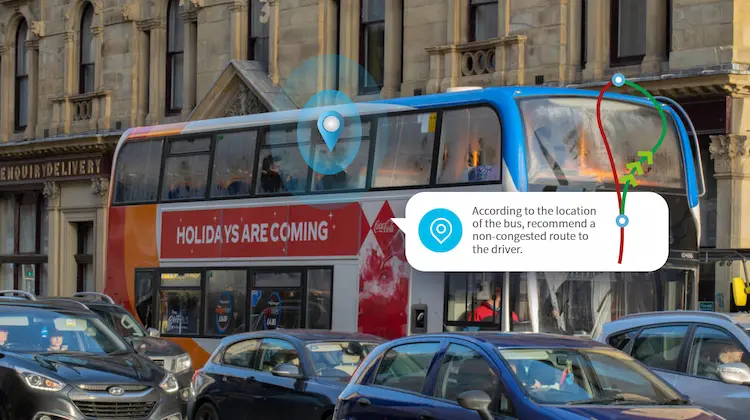
Driver’s location
After the driver wears the Bluetooth proximity beacon, his location can be tracked, which not only facilitates the management of attendance, but also effectively prevents the occurrence of tragedies. For example, if the driver leaves the driver’s seat when the vehicle is moving, or is detected leaving the driver’s seat for longer than the limit time when there are passengers in the vehicle, Then the back office needs to be vigilant and investigate whether the bus is at risk of being hijacked
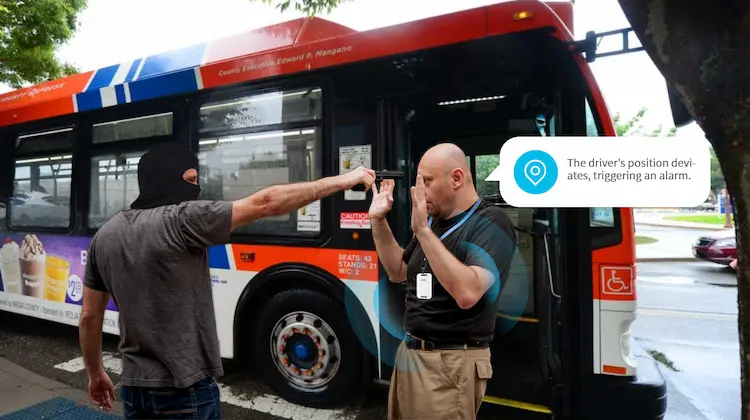
Why use Bluetooth proximity beacon for railway Background
With the rear-end collision accident of the Shanghai Metro Line 10 subway train and the rear-end collision accident of 7. 23 Yongzhou-Wenzhou EMU train, people from all walks of life pay high attention to how to avoid the rear-end collision the driver in the case of signal system failure. The subway train operating environment is complicated, train running speed is high, and spacing distance changes greatly, therefore needs to select the suitable technical means to realize following the trail of near warning function.
Our Bluetooth proximity beacon plays a role of anti-collision warning
Our proximity beacon is a subway train tracking approach warning system based on active positioning technology, including track-side beacon and vehicle-mounted equipment, wherein, the track-side beacon is installed on the track in accordance with the set spacing to send beacon location ID information, and the vehicle-mounted equipment is respectively arranged on the inside of the locomotive at both ends of the subway train. It is used to read the beacon position ID information, send the subway train position information to inform the adjacent train behind by wireless antenna, or receive the subway train position information sent by the adjacent train in front, calculate the distance between the rear train and the front train combined with the current position of the rear train, and display it to the train driver. When the distance between two trains is close to a certain extent, the sound and light alarm can be issued to remind the driver that the distance is very close to the position of the car in front. The driver will judge whether to slow down or stop according to the distance, so as to play the role of collision prevention warning.
![]()
The components of our Bluetooth proximity beacon system on railway
Our on-board equipment includes a host, beacon reader, radio, and antenna, among them, the beacon reader is connected to the host, to read the beacon position ID information, and radio stations, respectively connected to the host and the antenna, in order to obtain the host forwards the beacon position ID information and the radio beacon position ID information to the adjacent metro trains. In addition, the onboard equipment also includes an HMI man-machine interface, which is connected to the host to display the location and distance information of adjacent subway trains and give sound and light warnings. The antenna is a directional antenna to ensure that only the radio stations at the corresponding end of the two adjacent subway trains can communicate with each other.
Examples of proximity beacons used in public transportation around the world
Beacon in Romania
Five hundred buses in Bucharest, Romania have received low energy Bluetooth signals. The lights will guide blind passengers on and off buses without any help. It’s reported that 40 BLE beacons have been installed in 2015. With this system, thousands of blind people have easy access to any part of Bucharest. They can easily get on, get off and change buses because the mobile app helps users easily find connected buses. By the beginning of September, the entire Bluetooth system will be up and running, free for everyone in Bucharest.
Beacon in Tokyo
The Japan Tokyo Metropolitan Transportation Bureau installed Beacon on all 788 buses of the Kyoto Bus Company and began to use them in the system of bus approach alert. A proximity Beacon is mounted next to the driver’s seat of a bus, and when a bus stop receives a beacon signal, it stops displaying the bus’s “coming in now” message. The transmission distance of the beacon signal is about 5 ~ 10m. It has been confirmed that when the bus arrives at the station, the system will stop displaying the message “arriving at the station now”. The metropolitan Transportation authority has increased the number of beacon-enabled bus stations to 60 by 2014.
Beacon in Boston
On September 23, 2015, the Massachusetts Bay Transportation Authority (MBTA) announced the addition of the Lighthouse Bus. Boston’s MBTA began using these beacons to track public transit riders. Specifically, the MBTA tracks users through its Universal Bluetooth smart beacon, so if you turn Bluetooth off, you’re out of range. Still, the MBTA says it does not collect or use personally identifiable data, and it also uses a secure, closed network to track its riders. What is the target of this new tracking? The MBTA wants to find ways to improve communication with passengers and other MBTA technologies. With proximity beacon amount, passengers can choose the nearest bus and obtain information about when the bus will arrive, passengers do not need to worry about the payment as the beacon will identify passengers’ ID code and deduct the fare automatically, the driver can also give preference to the not crowded road, what’s more, traffic administration can monitor the real-time location of drivers and vehicles for easy management.
